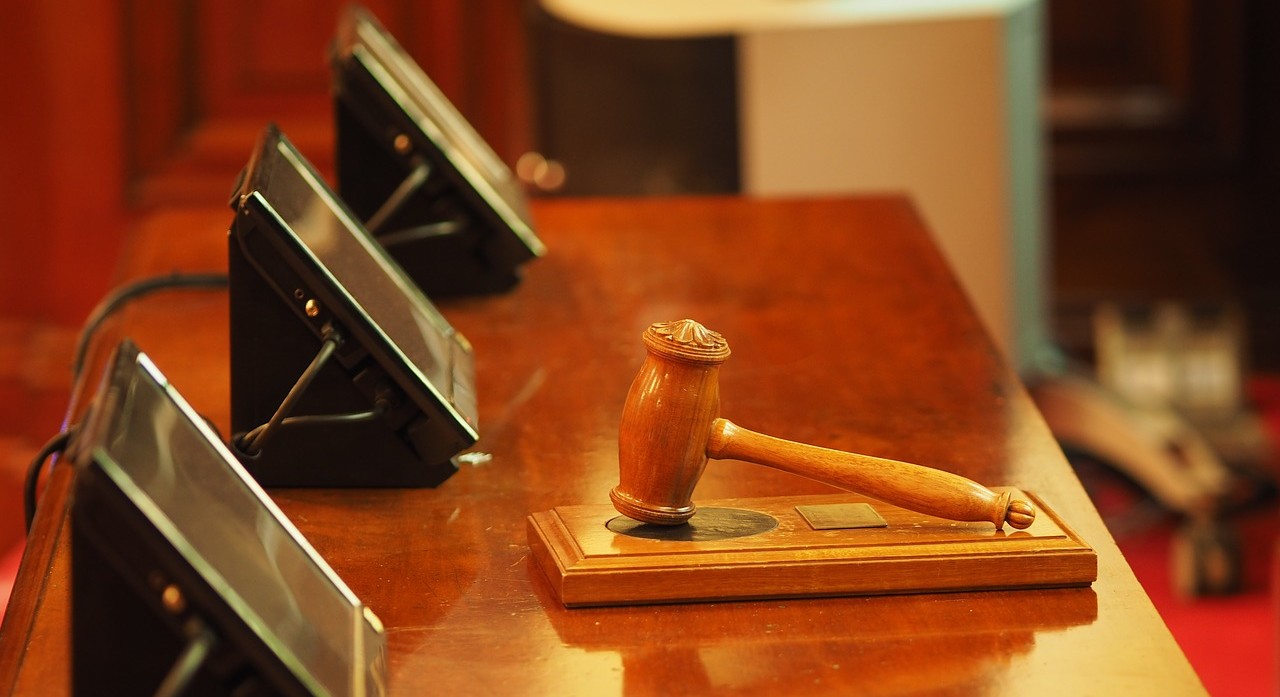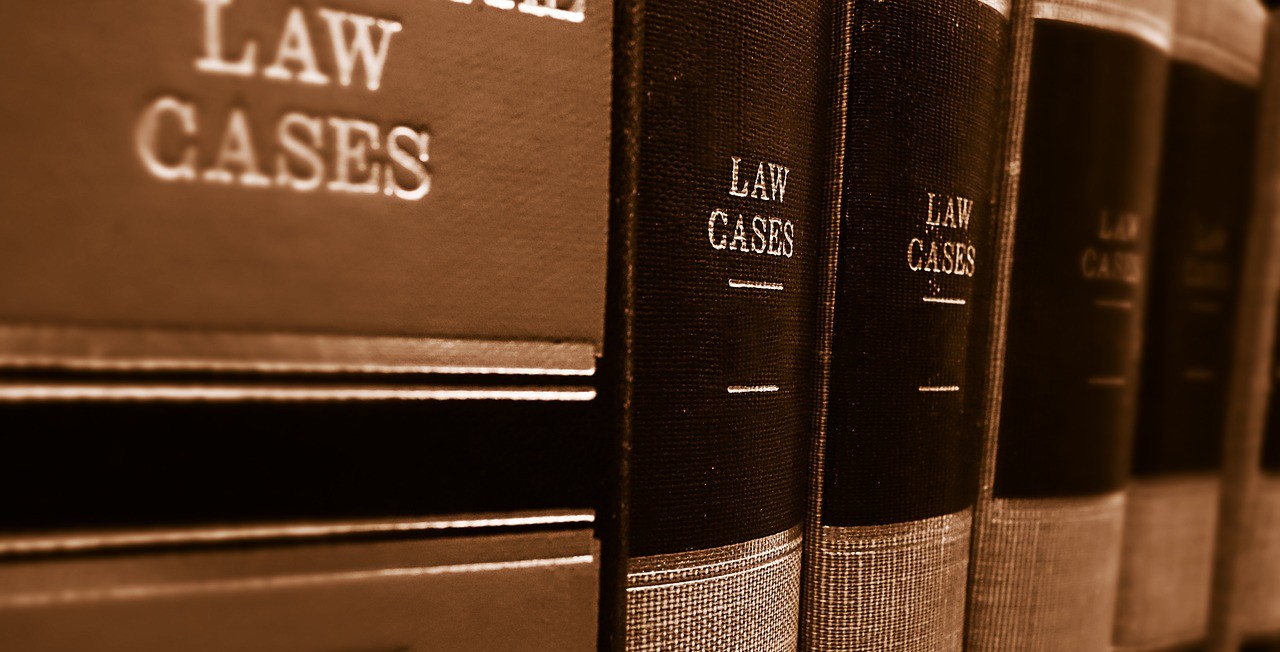 12 September 2018
Intellectual Property Unit / News / News_it/en
0 Comment
12 September 2018
Intellectual Property Unit / News / News_it/en
0 Comment
Technological standardization & Antitrust profiles
As we all know, innovations, to be patentable, must present a “technical character” or, to be more precise, a “technical teaching”, that is an instruction aimed to solve a particular technical problem. But interfacing with the panorama of the actual technologies, the attempt to trace a boundary line, between what is patentable or not, is normatively complex; as in the case of software, generally considered not patentable because conceived as a product of programming, and so the result of an intellectual activity. In light of these difficulties, the European Patent Office has introduced the concept of “Computer-Implemented Inventions“, that is inventions whose implementation involves the use of a computer or other programmable means. Over the years, the jurisprudence of the European Patent Office has provided various guidelines on software patentability (T208/84; T1173/97; T914/02); these guidelines consider patentable a software on condition that it offers a new inventive solution to a technical problem, using specific technical means and ensuring, by this way, a substantial contribution to the state of the art.

The scenario described seems to be the future frontier of industrial development; the business world is now focused on concentrating its investment and research efforts in the aforementioned areas, a trend already witnessed by the high number of patents filed. Many of these will probably fall under the so-called “SEPs” or Standard Essential Patent; we speak of patents considered indispensable in specific production areas, where the exploitation of certain technologies is an essential prerequisite for the implementation of specific devices (for example smart phones, tablets, etc.), due to reasons of interoperability. The Standard Essential Patents can be determined according to the reference product sector (de facto standard) or be developed by specific organization of standardization (de jure standard). In any case, in order to avoid monopoly situations by the holders of a SEP and the creation of market access barriers, these patents will be obtained on payment of royalties, or they must be licensed on fair terms, thus respecting the “FRAND” regime (Fair, Reasonable And Non-Discriminatory). If the patent holder activates remedies of an inhibitory nature, not granting a license, he will be in a condition of violation of the commitments assumed during the standardization and his behavior will represent a failure to comply with an obligation assumed towards the standardization organizations or other participants; by this way, the FRAND clause becomes the essential requirement for technological standardization agreements to be open to all market operators and, from an intellectual property point of view, this clause is understood as a “renunciation of the right” to prevent others from using the patented invention; all this, only on condition that the holder obtains an adequate economic return.
In light of above, we can well understand how the field of technological standardization presents significant connections between the discipline of intellectual property and the possible relevance for the application of the antitrust law. The owner of an essential patent, in fact, holds the instruments to exclude potential competitors from the market, reduce the offer, impose heavy licenses, causing exorbitant prices on final consumers; at the same time, he is the owner of an exclusive using right with the consequent possibility of resorting to the injunction protection in case of violation. The debate emerged on this subject concerns, above all, the conditions under which the use of the inhibitory remedy could constitute an abuse within the meaning of Article 102 TFEU. With the Huawei decision of 16 July 2015 (case C-170/13), the EU Court of Justice ruled that the holder of an SEPs who undertook to grant a third party a license under FRAND conditions, before an action against an alleged infringer and in order to avoid an abuse of a dominant position, is obliged to inform the alleged infringer of the infringement; after the latter has confirmed the wish to conclude a license under FRAND conditions, the holder can formulate a license proposal to the aforementioned conditions; the user, for his part, must follow up this proposal with diligence and good faith, or provide a detailed counter offer without using delaying tactics.

Decidedly characterized by a more favorable orientation to the holder of the SEPs, the German Supreme Court (BGH) was shown in the Orange Book Standard decision (6 May 2009); on this occasion, it was established that the abuse of a dominant position exists only if the user makes an unconditional offer to the SEP holder for the conclusion of the license agreement and, at the same time, go ahead to fulfill own obligations deriving from the aforementioned future agreement. Following the Orange Book judgment, German jurisprudence affirmed that the licensee must renounce to contest the validity, the essential character or the falsification of the patent, so that his proposal will be considered unconditional and irrevocable(Causa GPRS-Zwangslizenz, 7 O 122/11, 9 December 2011).
On 29 November 2017, the European Commission issued a series of measures aimed to improve the protection of the intellectual property of the SEPs and trying to find a balance between the interests of the patent holders and their users; in particular, the Commission, through specific communication (COM 2017/712 FINAL – Setting out the EU approach to the Standard Essential Patents), provides guidelines and recommendations for a transparent and balanced system that allows SEP users to access technologies based on precise licensing rules and, at the same time, allows patent holders to have the right to be remunerated for investments made in R & D and for standardization activities. Specifically, in order to mitigate these divergent interests, the communication defines some SEP evaluation principles; these principles link the license terms and the FRAND assessment to a clear analysis of the economic value of the patented technology, regardless of the product’s market success.
With thank to De Tullio&Partners.
Fabiano DE LEONARDIS
Intellectual Property Unit


